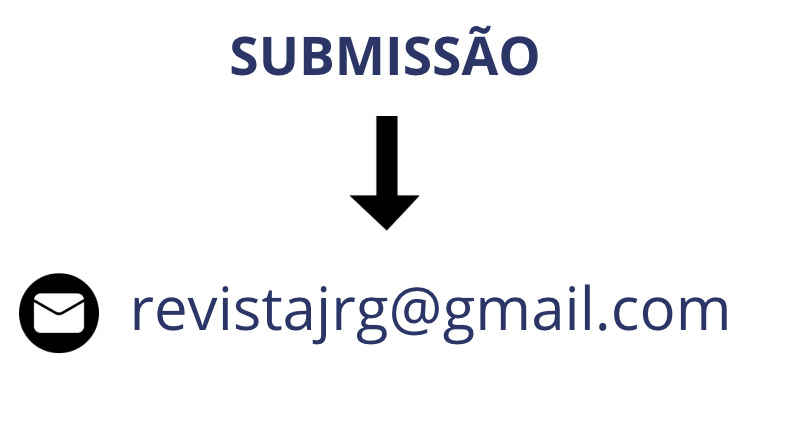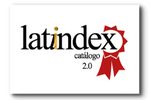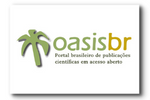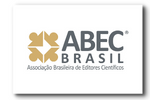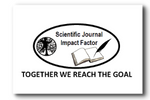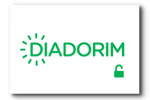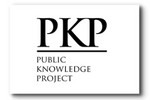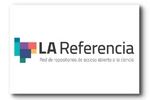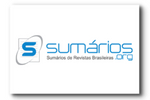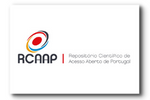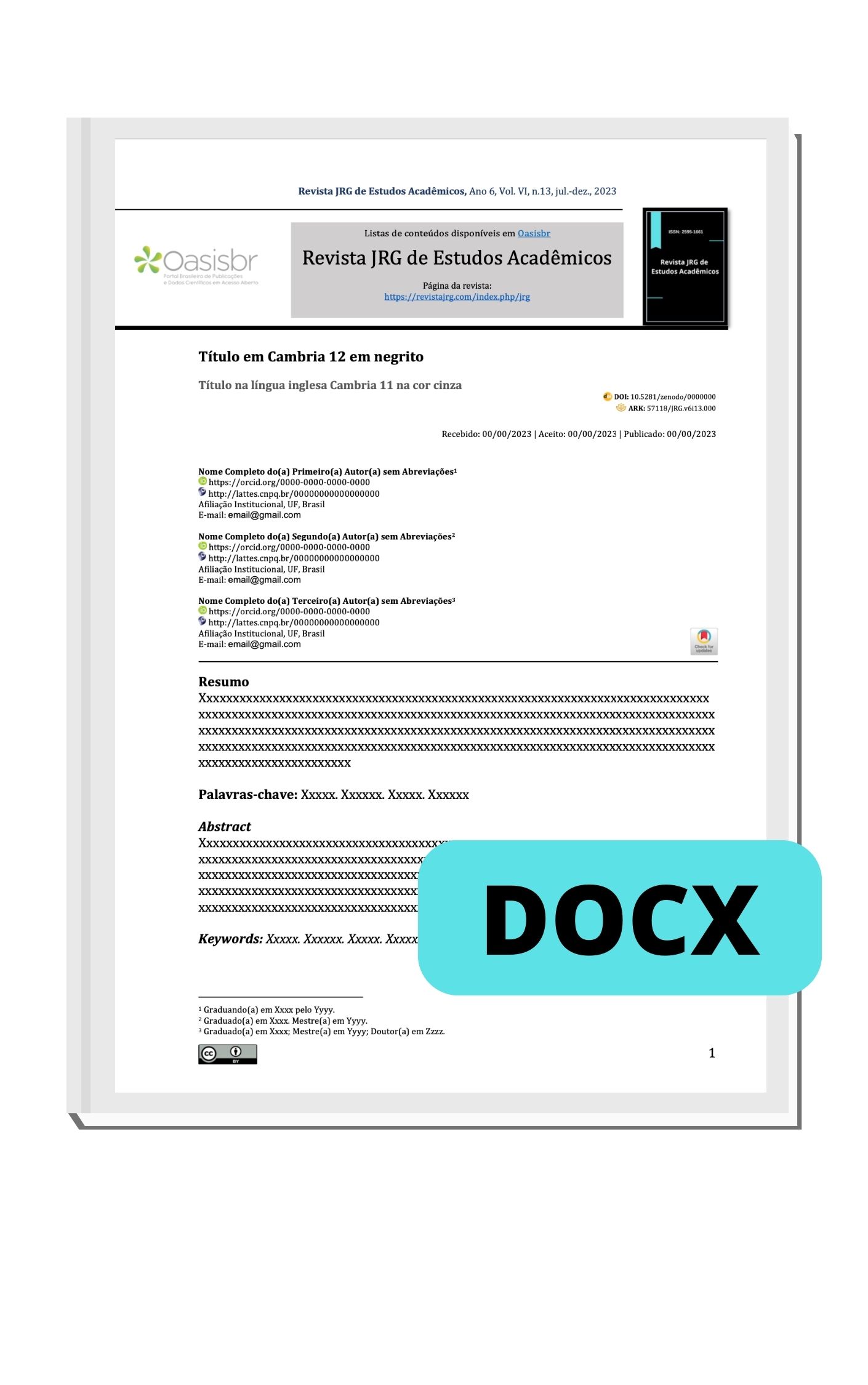Clinical and laboratory profile of kidney recipients regarding biomarkers of mineral and bone disorders
DOI:
https://doi.org/10.55892/jrg.v8i19.2302Keywords:
transplante de rim, distúrbio mineral e ósseo na doença renal crônica, doença renal crônica, hiperparatireoidismo secundárioAbstract
Kidney transplantation is the ideal therapy for advanced kidney disease, aiming to restore homeostasis of affected systems, such as renal function and bone metabolism. However, after undergoing hyperplasia, the parathyroid glands may undergo reabsorption of calcium from the bones and hypophosphatemia, even after transplantation, requiring continuous monitoring. This is a quantitative and cross-sectional study, carried out from the medical records of kidney transplant patients undergoing outpatient follow-up at a university hospital in Recife-PE, aimed to evaluate the clinical and laboratory conditions of these patients. Data collection included sociodemographic, clinical and laboratory information. Data were analyzed using SPSS version 30.1 software, and data normality was verified by the Shapiro-Wilk test. The study involved 177 medical records, with ages ranging from 21 to 76 years. Most patients were brown (79.1%). Only (8.5%) of the patients had completed higher education. Hypertension was the most common comorbidity (70.6%), and the glomerular filtration rate indicated that most patients were in stage 2 of chronic kidney disease (33%). The diagnosis of hyperparathyroidism was found in few patients (9%). In addition, there was a predominance of patients who were not followed up by the Mineral and Bone Disorders outpatient clinic (91%). It is possible to conclude that the profile of the patients in the study is predominantly male, of mixed race, with a mean age of 50 years and low education. Most received transplant after hemodialysis, with hypertension being the most common comorbidity. Hemodialysis was the most reported renal therapy as a form of treatment and laboratory tests indicated high levels of phosphorus, creatinine and parathyroid hormone.
Downloads
References
ABENSUR, H. Biomarcadores na Nefrologia. Biomarcadores no Distúrbio Mineral e Ósseo da DRC. São Paulo: Roche, 2011. E-book. 73 p. Disponível em: https://www.periciamedicadf.com.br/manuais/biomarcadores_na_nefrologia.pdf. Acesso em: 21 jan. 2024.
ABTO-RBT., Associação Brasileira de Transplante de Órgãos – Registro Brasileiro de Transplantes. Dimensionamento dos Transplantes no Brasil e em cada estado (2015-2022)., Ano 23, n. 4, 2022.
ANAND, A.; AOYAGI, H. Understudied Hyperphosphatemia (Chronic Kidney Disease) Treatment Targets and New Biological Approaches. Medicina, v. 59, n. 5, p. 959, mai. 2023. DOI: https://doi.org/10.3390/medicina59050959
BRASIL. MINISTÉRIO DA SAÚDE. Coordenação-Geral De Gestão De Protocolos Clínicos E Diretrizes Terapêuticas. Protocolo Clínico e Diretrizes Terapêuticas do Distúrbio Mineral Ósseo na Doença Renal Crônica. Brasília: Ministério da saúde, 2022
BRASIL. Ministério da Saúde. Sistema Informatizado do Ministério da Saúde. SIG/ SP/ SNT/ CETs. Centrais de Transplantes. Disponível em: https://app. powerbi.com/view?r=eyJrIjoiNmMyOTVlZGEtYzdhNC00ZDEzLWJhZDYtMDg1ZGYwY2M5MTQzIiwidCI6IjMyMjU1NDBiLTAzNDMtNGI0Ny1iMzk2LTMxMTYxZTdiODMyMyJ9. Acessado em: 15 de set. de 2024.
BUCHARLES, S. G. E.; CARMO, L. P. de F. do; CARVALHO, A. B.; JORGETTI, V.. Diagnóstico das anormalidades ósseas do DMO-DRC (imagem e biópsia óssea). Braz. J. Nephrol., v. 43, n. 4 Suppl 1, p. 621-627, nov. 2021. DOI: 10.1590/2175-8239-JBN-2021-S103
COBO, B.; CRUZ, C.; DICK, P. C. Desigualdades de gênero e raciais no acesso e uso dos serviços de atenção primária à saúde no Brasil. Ciência & Saúde Coletiva, v. 26, n. 9, p. 4021–4032, set. 2021. DOI: https://doi.org/10.1590/1413-81232021269.05732021
DE BOER, S. E.; GRAAF, M. E. de; REIJNDERS, David; PAULUS, Joris S.; MÖRZER, Michael; VERHEIJ, J. W. C.; VAN DER WOUDE, Frans J.; DOLLEMAN, Hans J. Kidney transplantation improves health-related quality of life in older recipients. Transplant International, v. 37, p. 12071, 2024. DOI: 10.3389/ti.2024.12071.
EUM, S. H. et al. Time-varying risk factors for incident fractures in kidney transplant recipients: a nationwide cohort study in South Korea. Journal of Clinical Medicine, v. 12, n. 6, 2023. DOI: https://doi.org/10.3390/jcm12062337
EVENEPOEL, P. Recovery versus persistence of disordered mineral metabolism in kidney transplant recipients. Semin Nephrol, v. 2, n. 33, p. 191-203, 2013. DOI: 10.1016/j.semnephrol.2012.12.019.
IBGE. Censo 2022: pela primeira vez, desde 1991, a maior parte da população do Brasil se declara parda. Agência IBGE de Notícias, 29 jan. 2025. Disponível em: https://agenciadenoticias.ibge.gov.br/agencia-noticias/2012-agencia-de-noticias/noticias/38719-censo-2022-pela-primeira-vez-desde-1991-a-maior-parte-da-populacao-do-brasil-se-declara-parda. Acesso em: 27 jan. 2025.
IQBAL, M. M.; CHANG, C.-H.; HONG, S.-H.; MA, J.; WANG, Y.F.; YANG, T. K.; LI, Y.T.. Quality of life is improved in renal transplant recipients versus that shown in patients with chronic kidney disease with or without dialysis. Experimental and Clinical Transplantation, v. 18, suppl. 1, p. 64-67, jan. 2020. DOI: 10.6002/ect.TOND-TDTD2019.P11.
ISERI, K.; CARRERO, J.J.; EVANS, M.; FELLÄNDER-TSAI, L.; BERG, H. E.; RUNESSON, B.; STENVINKEL, P.; LINDHOLM, B; QURESH, A. R.. Incidence of fractures before and after dialysis initiation. Journal of Bone and Mineral Research, v. 35, n. 4, p. 717-726, abr. 2020. DOI: 10.1002/jbmr.4141.
KDIGO CKD Work Group. Clinical Pratice Guideline for Evalution and management of Chronic Kidney Disease. Kdiney Disease: Improve Global Outcomes (KDIGO), 2024. DOI: https://doi.org/10.1016/j.kint.2023.10.018.
KIRSZTAJN, G. M. et al. Leitura rápida do KDIGO 2012: Diretrizes para avaliação e manuseio da doença renal crônica na prática clínica. Brazilian Journal of Nephrology, v. 36, p. 63–73, 2014. DOI: https://doi.org/10.5935/0101-2800.20140012
KRITMETAPAK, K.; PONGCHAIYAKUL, C. Parathyroid Hormone Measurement in Chronic Kidney Disease: From Basics to Clinical Implications. International Journal of Nephrology, v. 2019, p. 1–9, set. 2019. DOI: 10.1155/2019/5496710
LANGEWISCH, E.; MANNON, R. B. Chronic Allograft Injury. Clinical Journal of the American Society of Nephrology, p. CJN.15590920, 5 abr. 2021. DOI:10.2215/CJN.15590920
MARTINS, M.R.; CESARINO, C.B. Qualidade de vida em pacientes com insuficiência renal crônica em tratamento hemodialítico. Rev Lat Am Enfermagem, v, 13, n.5, 2005.DOI: https://doi.org/10.1590/S0104-11692005000500010
MCMAUGHAN, D. J.; OLORUNTOBA, O.; SMITH, M. L. Socioeconomic status and access to healthcare: Interrelated drivers for healthy aging. Frontiers in Public Health, v. 8, n. 231, p. 1–9, jun. 2020. DOI: https://doi.org/10.3389/fpubh.2020.00231
MERHI, B. et al. Serum phosphorus and risk of cardiovascular disease, all-cause mortality, or graft failure in kidney transplant recipients: an ancillary study of the FAVORIT trial cohort. American Journal of Kidney Diseases, v. 70, n. 3, p. 377-385, 2017. DOI: 10.1053/j.ajkd.2017.04.014
MOLINARI, P. et al. Impact of hyperparathyroidism and its different subtypes on long term graft outcome: a single Transplant Center cohort study. Frontiers in Medicine, v. 10, 2023.DOI: https://doi.org/10.3389/fmed.2023.1221086
MOURA, A. F. et al. Transplante renal preemptivo: por que, quando e como?. Braz. J. Nephrol, v. 3, n. 45, Jul-Sep. 2022. Disponível em: https://doi.org/10.1590/2175-8239-JBN-2022-0085pt.
NAKAI, K. et al. Incidence and risk factors of persistent hyperparathyroidism after kidney transplantation. Transplantation Proceedings, v. 49, n. 1, p. 53-56, jan.-fev. 2017. DOI: 10.1016/j.transproceed.2016.10.011
NERBASS, F. B . et al. Pesquisa Brasileira de Diálise 2023. Braz. J. Nefrol. , v. 1, n. 47, jan. 2025. DOI: 10.1590/2175-8239-JBN-2024-0081pt
NIKKEL, L. et al. Risk of Fractures After Renal Transplantation in the United States. Transplantation, v. 12, n. 87, 2009. DOI: 10.1097/TP.0b013e3181a6bbda
NOGUEIRA QUADROS, K. A. et al. Distúrbio mineral e ósseo: prevalência subestimada nos estágios iniciais da doença renal crônica. Revista Cuidarte, v. 13, n. 3,out. 2022. DOI: https://doi.org/10.15649/cuidarte.2266
PARK, J. Y. et al. Long-term end-stage renal disease risks after living kidney donation: a systematic review and meta-analysis. BMC Nephrology, v. 24, n. 1, p. 152–152. Mai. 2023. DOI: 10.1186/s12882-023-03208-z
PERES, F. Alfabetização, letramento ou literacia em saúde? Traduzindo e aplicando o conceito de health literacy no Brasil. Ciência & Saúde Coletiva, v. 28, p. 1563–1573, 12 maio 2023. DOI: https://doi.org/10.1590/1413-81232023285.14562022
POGGIO, E. D. et al. Long-term kidney transplant graft survival—Making progress when most needed. American Journal of Transplantation, v. 21, n. 8, p. 2824-2832, ago. 2021. DOI: 10.1111/ajt.16463
PUGH, D.; GALLACHER, P. J.; DHAUN, N. Management of Hypertension in Chronic Kidney Disease. Drugs, v. 79, n. 4, p. 365–379, 13 fev. 2019. DOI: https://doi.org/10.1007/s40265-019-1064-1
SHRESTHA, B.; HAYLOR, J. Evolution of the Concept and Pathogenesis of Chronic Renal Allograft Injury: An Updated Review. Exp Clin Transplant, v. 6, n. 14, p. 596-605, 2016.DOI: 10.6002/ect.2016.0018
TAVARES, M. G.; TEDESCO. S. J., Helio; PESTANA, J. O. M.. Readmissão Hospitalar Precoce no transplante renal: artigo de revisão. Braz. J. Nephrol., v. 42, n. 2, p. 231-237, mar. 2020. DOI: https://doi.org/10.1590/2175-8239-JBN-2019-0089
TEH, J. W; MAC GEARAILT, Conall; LAPPIN, David WP. Post-Transplant Bone Disease in Kidney Transplant Recipients: Diagnosis and Management. International Journal of Molecular Sciences, v. 25, n. 3, fev. 2024 . DOI: 10.3390/ijms25031859
WOLF, M. et al. A Prospective Cohort Study of Mineral Metabolism After Kidney Transplantation.Transplantation. v. 100, n. 1, p. 184-193, 2016. DOI: https://doi.org/10.1097/tp.0000000000000823




